
Roots
There exists a profound truth woven into the very fabric of our being, a truth often glimpsed in the curl of a strand, the resilience of a coil, the quiet strength of a texture. Hair, particularly textured hair, carries not only biological information but also the echoes of generations, a living chronicle of ancestral journeys and communal narratives. To comprehend how textured hair has come to be classified, we must first attune ourselves to this deeper rhythm, recognizing that any system of categorization is never a neutral act. It is, instead, a reflection of the gaze through which it was formed, a testament to shifting societal currents and the enduring power of inherited identity.

What Ancestral Knowledge Shaped Early Hair Understanding?
Long before formalized scientific systems, African communities possessed an intricate, inherent understanding of hair, one rooted in observation, communal practice, and spiritual reverence. Hair was never seen as a mere adornment; it held potent symbolism, conveying social standing, marital status, age, tribal affiliation, and even spiritual connection to the divine. Communities, across diverse African landscapes, developed sophisticated practices of care, styling, and adornment, recognizing hair’s unique characteristics and nurturing its inherent beauty. These practices, passed down through the ages, represent a profound heritage of knowledge, a testament to ingenuity and a deep respect for the body’s natural expressions.
They understood the hair’s propensity for moisture retention, its response to natural elements, and the various ways to enhance its strength and vitality. This knowledge was practical, communal, and deeply integrated into daily life and ceremony.

Anatomy as an Ancestral Tapestry
From a biological perspective, textured hair possesses a distinct morphology. Unlike the generally round cross-section of straight hair, each strand of highly textured hair often exhibits an elliptical or even flattened shape. This structural characteristic, coupled with the way the hair shaft grows from a curved follicle, causes the hair to twist and coil upon itself. This unique architecture creates natural points of weakness along the strand’s curves, making textured hair inherently more prone to dryness and breakage if not adequately cared for.
Yet, this very structure also contributes to its incredible volume, its ability to hold intricate styles, and its historical role in protecting the scalp from sun exposure. It is a biological adaptation, a legacy carried within our very cells, connecting us to climates and ancestries far removed in time but ever present in our strands.

How Did External Gaze Influence Early Hair Classifications?
The dawn of formal hair classification systems in the Western world, however, tells a different story. These systems, developed primarily by European naturalists and anthropologists from the 18th century onward, were often infused with prevailing racial biases of their time. Carl Linnaeus, in his 1735 systemic classification of humans, broadly categorized groups by geographic origin and physical traits, including hair texture. Later, figures such as Ernst Haeckel, in the 1800s, devised taxonomic categories like “wooly-haired” to describe groups like Papuans and Africans, explicitly linking hair texture to perceived racial hierarchies and supporting white supremacy.
This early anthropological lens was not merely descriptive; it was prescriptive and judgmental, frequently employing derogatory terms like “woolly” to diminish and dehumanize Afro-textured hair. The objective, scientific facade of these classifications often concealed a foundational belief in a hierarchy of human types, with European features, including straight hair, positioned at the apex. This historical trajectory underscores a profound truth ❉ the act of classification itself, when divorced from a deep respect for human diversity and heritage, can serve as a powerful tool of subjugation. The very vocabulary used to describe hair became a weapon in the arsenal of racial discrimination, shaping perceptions for centuries.
The historical classification of textured hair is not a neutral scientific endeavor; it is a chronicle of how biased gazes shaped perceived racial hierarchies.
Consider the work of Johann Friedrich Blumenbach, a prominent 18th-century anthropologist. While he contributed to early understandings of human variation, his collection and study of hair samples, though aiming for a comprehensive view of human diversity, still operated within the nascent frameworks of racial categorization that would later be co-opted for more nefarious ends. He, like many others, viewed hair texture as an immutable marker of racial difference.
This perspective, though perhaps not overtly malevolent in its initial scientific curiosity, set a dangerous precedent, embedding the notion of fixed, ranked racial types into the emerging scientific discourse. The separation of human groups by hair texture became a foundational element in pseudoscientific racial theories, paving the way for systems that would directly impact the lives and dignity of Black and mixed-race people for generations.

Ritual
The journey of textured hair is not just one of biological make-up or scientific scrutiny; it is a vibrant, living story of ritual, technique, and transformation. Hair styling, particularly within Black and mixed-race communities, transcends mere aesthetics. It functions as a profound cultural language, a practice of deep connection to ancestral wisdom, and a powerful assertion of identity in the face of historical challenges. These rituals, sometimes born of necessity, sometimes of celebration, represent a continuity of heritage that resisted erasure and reasserted belonging.
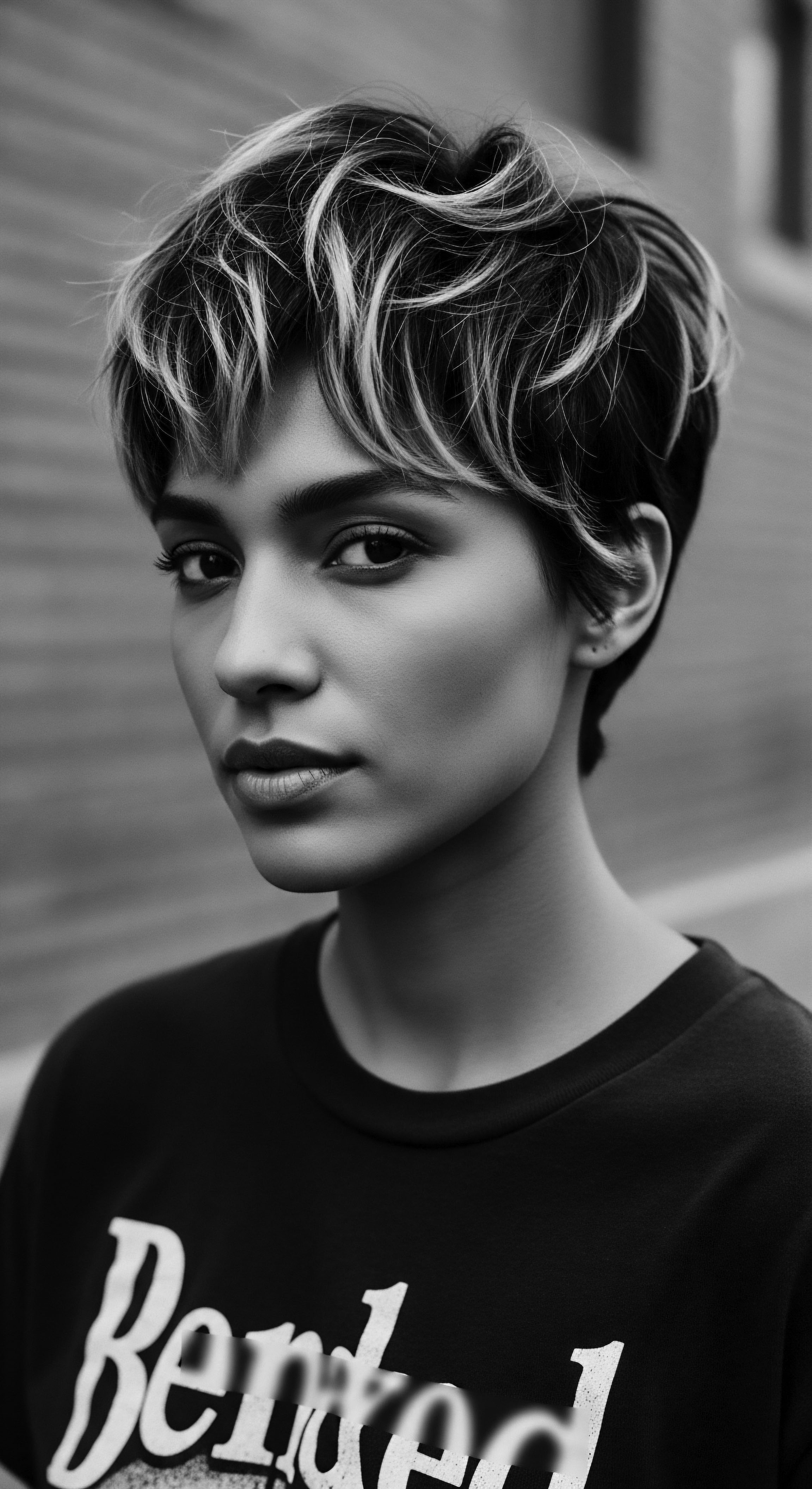
How Did Hair Styling Become a Cultural Code in Ancient Africa?
Long before the transatlantic slave trade disrupted African societies, hairstyles served as intricate cultural codes, announcing age, marital status, social rank, wealth, tribal affiliation, and even religious beliefs. The process of hairstyling was often a communal activity, a time for bonding, storytelling, and the transmission of generational wisdom. Imagine gatherings where mothers, aunties, and elders would meticulously braid and adorn hair, sharing techniques, histories, and life lessons.
This communal aspect fortified social bonds and ensured the continuity of cultural practices. For instance, the Fulani people of West Africa are renowned for their distinct cornrows, while the Himba people of Southwest Africa tradition adorn their hair with a mix of butter, ochre, and herbs, showcasing a direct connection to their environment and heritage.
The ingenuity in these ancient practices is striking. Traditional tools, such as wide-toothed combs, were specifically crafted to navigate the unique characteristics of textured hair, minimizing damage. These were not simple combs; they were instruments of care, designed with an intimate understanding of the hair’s strength and fragility.
Ingredients sourced directly from the land—plant extracts, various oils, and clays—were used to nourish, protect, and style. These ancient practices were not just about appearance; they spoke to holistic well-being, recognizing the hair as an extension of the self and a conduit for spiritual connection.
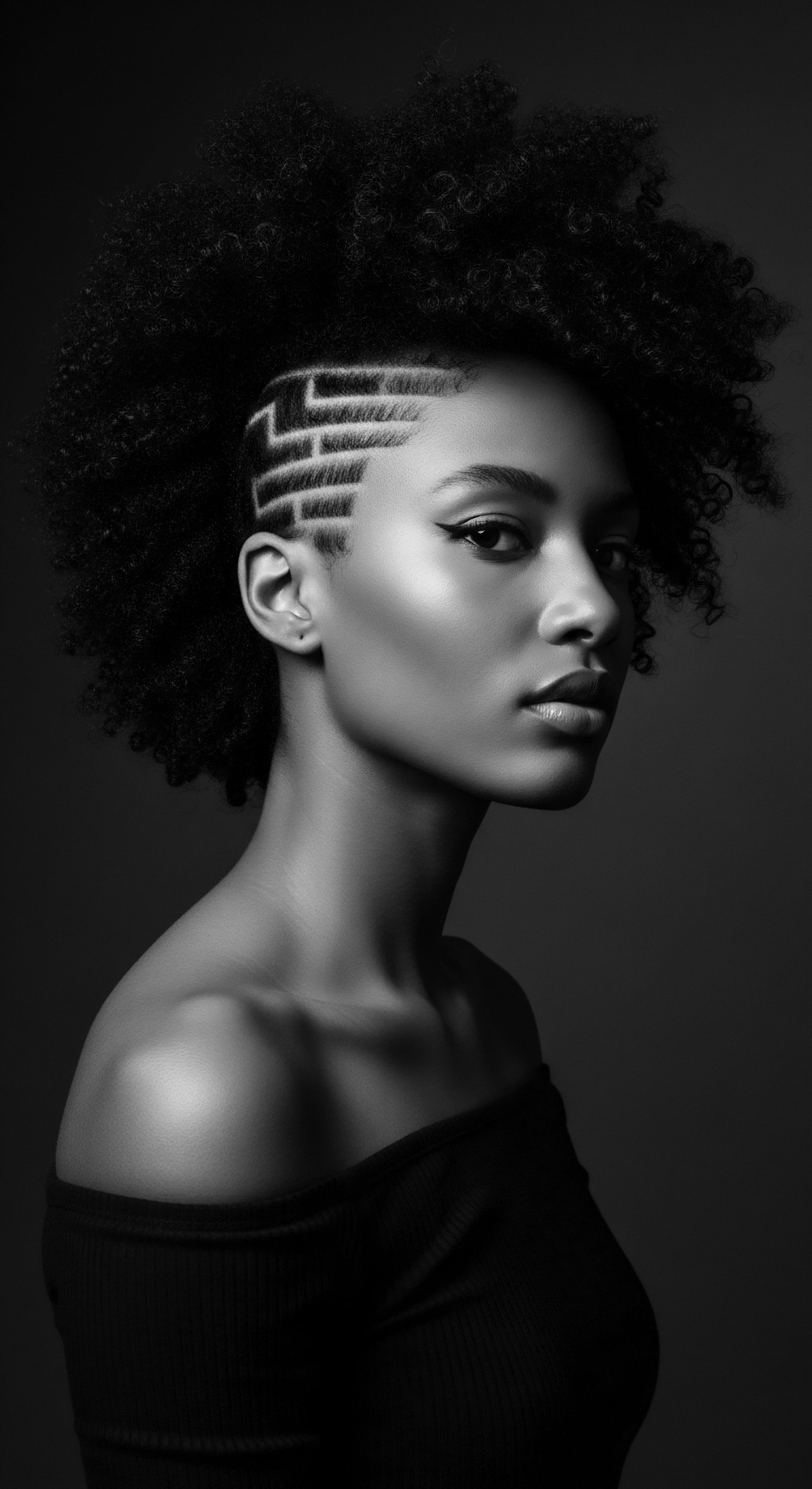
What Transformations Occurred during Forced Migration?
The horrific period of the transatlantic slave trade brought an abrupt and brutal disruption to these established hair traditions. Enslaved Africans were often subjected to head shaving upon capture and transport, a deliberate act designed to strip them of their identity, culture, and humanity. This act of forced shaving aimed to sever ties with their homelands and erase visual markers of their heritage. Despite this profound trauma, the spirit of adaptation and resistance shone through.
On foreign soil, with limited access to traditional tools and ingredients, enslaved people found innovative ways to maintain and recreate aspects of their hair care practices. They would use whatever was available—sometimes crude oils like kerosene or even bacon grease—to tend to their strands, an act of defiance and a quiet reclaiming of self.
The evolution of protective styles in the diaspora became a testament to this resilience. Braids and cornrows, already deeply rooted in African heritage, took on new, covert significances. These styles became forms of silent communication and resistance. For instance, cornrows were sometimes used to create intricate maps for escape, braiding routes and paths into the hair as a means to guide individuals to freedom.
This subtle but profound act allowed for the transmission of vital information under the very gaze of their captors, illustrating the deep symbolic power hair held beyond its aesthetic value. This speaks to the profound truth that even in the most oppressive circumstances, human spirit finds ways to preserve its cultural legacy.
Hair styling, born from necessity and resilience during profound disruption, transformed into a covert language of freedom for enslaved Africans.
The practice of hair styling also became a crucial communal activity on plantations. Sundays, often the only day of rest, became a time for collective hair care, where enslaved Black women would gather to tend to each other’s hair. This ritual fostered connection, shared solace, and allowed for the continuation of practices, even if in altered forms. These gatherings, though far from the serene ambience of ancestral villages, served as vital spaces for cultural preservation and community building, demonstrating the enduring importance of hair care as a shared heritage.
| Historical Context Pre-Colonial Africa |
| Hair's Role and Classification Diverse styles signified social status, tribal affiliation, spiritual beliefs. Natural hair was celebrated and meticulously cared for. |
| Impact on Heritage and Identity Direct cultural expression, communal bonding, and a visual archive of individual and group identity. |
| Historical Context Transatlantic Slave Trade |
| Hair's Role and Classification Forced shaving as dehumanization; derogatory terms ("wool", "nappy") applied to hair. |
| Impact on Heritage and Identity Attempted erasure of identity and culture, but also inspired resilient, covert practices like cornrows as escape maps. |
| Historical Context Post-Emancipation Era |
| Hair's Role and Classification Pressure to conform to Eurocentric beauty ideals, leading to widespread straightening and the concept of "good hair" vs. "bad hair." |
| Impact on Heritage and Identity Internalized bias, a complex relationship with natural texture, and the struggle for self-acceptance within a dominant white society. |
| Historical Context Hair's journey reflects both overt oppression and the enduring power of ancestral practices to reshape meaning and assert selfhood. |
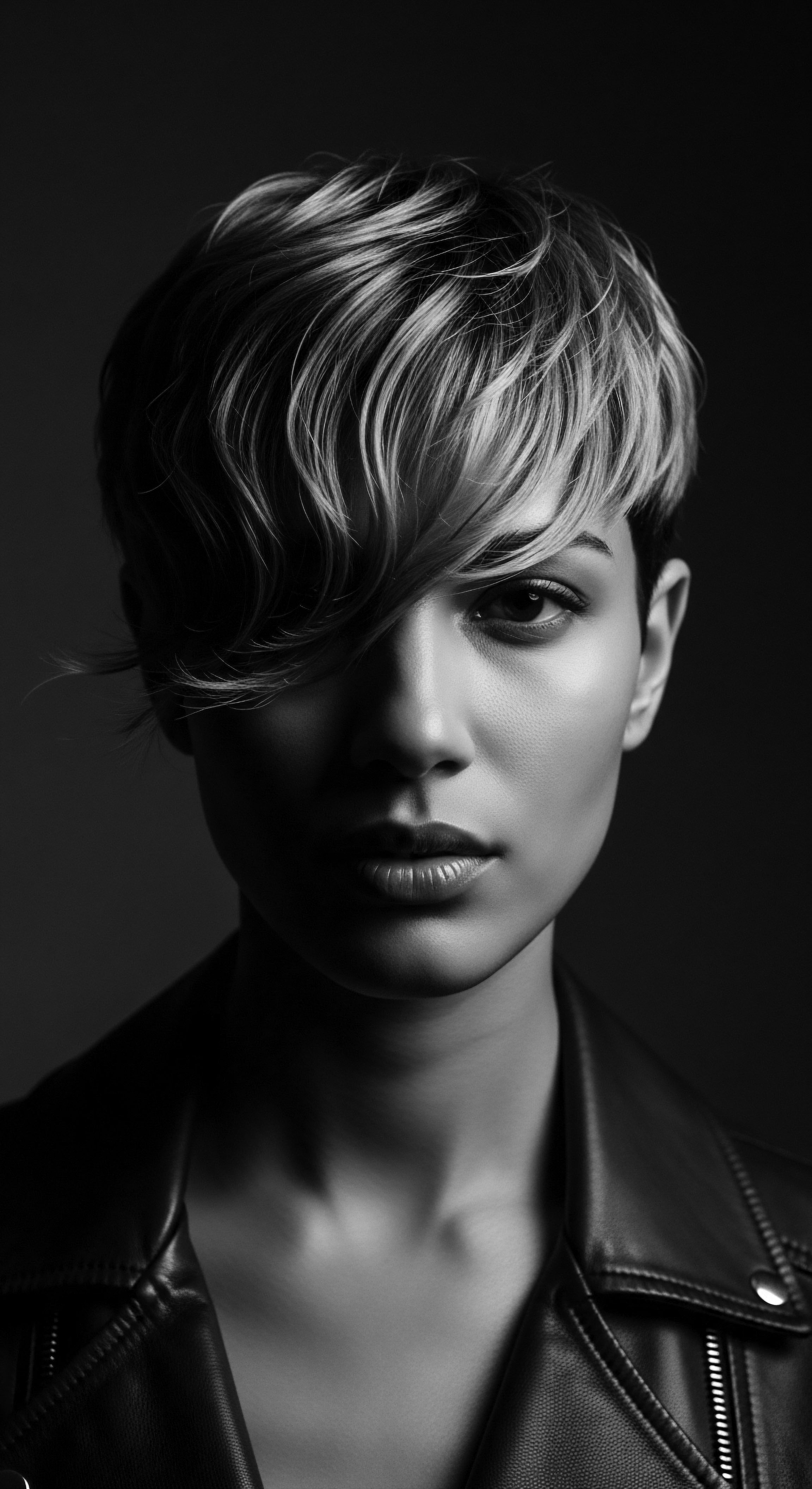
Relay
The legacy of textured hair extends beyond historical markers and ancestral practices; it is a dynamic relay, a continuous transmission of knowledge, adaptation, and self-definition that carries us into the present and shapes our collective future. This relay holds the complex interplay of biology, societal pressures, and the deep-seated heritage of Black and mixed-race communities, influencing how we approach care, wellness, and self-perception today.

How Did Modern Classifications Perpetuate Historical Biases?
The 20th century saw the emergence of new hair classification systems, some with seemingly benign intentions, yet many inadvertently carried the echoes of past biases. The Andre Walker Hair Typing System, introduced in the 1990s, became widely adopted in cosmetology and by consumers, categorizing hair into types 1 (straight) through 4 (coily), with subcategories A, B, and C. While intended to help individuals understand their hair and choose appropriate products, this system has faced significant criticism. It has been argued that its structure, by starting with straight hair as ‘Type 1’ and progressing to tighter coils as ‘Type 4’, subtly reinforces a hierarchy, often valuing looser curl patterns over tighter ones.
This subtle, yet pervasive, bias contributes to what is known as texturism—discrimination against individuals with coarser or more tightly coiled hair textures in favor of looser curls or straighter hair. Research indicates that people with naturally Black hair types face more bias and are less likely to succeed in the workplace, with Black women’s hair being 2.5 times more likely than white women’s hair to be considered unprofessional. This contemporary issue is a direct descendant of the historical classification systems that sought to categorize and rank human hair textures, linking them to proximity to whiteness. Eugen Fischer, a Nazi German scientist in the early 1900s, developed a “hair gauge” to determine “whiteness” based on hair texture, a tool used in Namibia to assess mixed-race populations.
The infamous “pencil test” in apartheid South Africa also used hair texture as a determinant of racial classification. These examples underscore how seemingly objective systems can become tools for profound social and racial discrimination, leaving a lasting mark on perceptions of textured hair.
Contemporary hair classification systems, though often intended for practical care, unwittingly perpetuate historical biases rooted in racial hierarchies.
The persistent societal pressure to alter textured hair to fit Eurocentric beauty standards—seen in the historical rise of relaxers, hot combs, and chemical treatments—is a direct consequence of this entrenched bias. The phrase “good hair,” often contrasted with “bad hair,” emerged from this historical context, where “good” referred to hair that more closely resembled European textures. This narrative, born from centuries of subjugation, created an internal struggle within Black and mixed-race communities, leading many to feel compelled to chemically alter their hair for social acceptance or professional advancement. This ongoing struggle highlights the enduring impact of classification on personal identity and well-being, even as movements celebrate natural beauty.
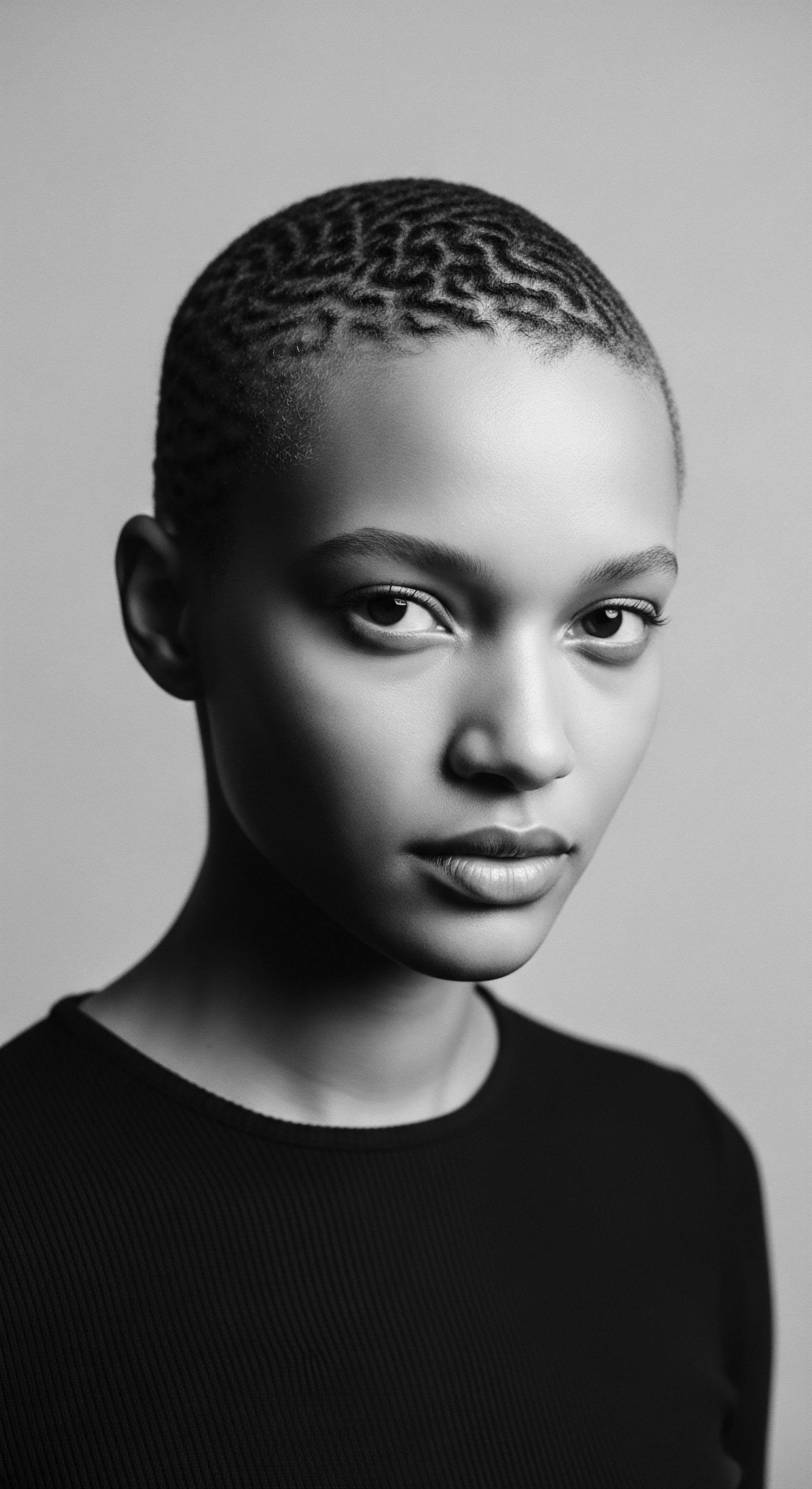
What Holistic Care Philosophies Inform Textured Hair Wellness?
Against this backdrop of historical challenge, a profound resurgence of interest in traditional hair care wisdom has emerged, celebrating the inherent beauty and strength of textured hair. This movement prioritizes holistic care, drawing from ancestral knowledge and scientific understanding to create regimens that truly nourish the strands. For centuries, African communities relied on a wealth of natural ingredients, passed down through generations, to maintain hair health. These ingredients often possess unique properties that are now being validated by modern science.
- Shea Butter ❉ A rich emollient derived from the nuts of the African shea tree, historically used for its moisturizing and protective qualities for both hair and skin.
- Chebe Powder ❉ An ancestral Chadian blend of herbs and seeds, traditionally applied to the hair to promote length retention and reduce breakage.
- Baobab Oil ❉ Sourced from the “Tree of Life” in Africa, this oil is known for its nutrient-rich profile, offering deep conditioning and strengthening benefits.
- Hibiscus ❉ Used in traditional African and Asian hair practices, the plant is rich in vitamins and amino acids, helping to strengthen roots and reduce thinning.
- Aloe Vera ❉ A widely recognized plant whose gel has been used for generations for its soothing, moisturizing, and healing properties for the scalp.
These practices often center on keeping hair moisturized, minimizing manipulation, and using protective styles to shield delicate strands. The emphasis on gentle care, often involving the communal ritual of detangling and braiding, reflects a deeper understanding of textured hair’s needs. The nightly ritual of wrapping hair in silk or satin bonnets, for instance, has historical roots in protecting hair from damage and preserving moisture, a practice that gained renewed significance after the Tignon Laws in Louisiana in 1786 mandated Black and biracial women cover their hair. While originally a tool of oppression, headwraps and bonnets were later reclaimed as symbols of pride and self-care, continuing an ancient practice with new meaning.

How Do We Move Towards a Future of Honored Hair Lineage?
The conversation around textured hair classification is continually evolving, moving beyond simplistic categorizations to embrace a more nuanced, respectful understanding. Contemporary efforts, such as the Irizarry Hair Texture Scale, aim to provide a more inclusive framework for research and understanding, acknowledging the physical characteristics of hair without perpetuating racial hierarchies. These systems recognize that hair texture exists on a vast continuum, defying rigid, often racially charged, boxes.
The rise of the natural hair movement globally, particularly since the 2000s, represents a powerful act of collective reclamation. It celebrates the inherent beauty of natural textures, encourages self-acceptance, and challenges outdated beauty standards.
This ongoing shift in perception, both individual and collective, signals a deeper connection to ancestral lineage and a rejection of imposed narratives. It is a powerful affirmation of the unique beauty of Black and mixed-race hair, honoring its resilience, its diversity, and its profound historical significance. Understanding this complex heritage allows us to see textured hair not as something to be categorized and controlled, but as a vibrant aspect of identity, a living link to the past, and a source of strength for generations to come. The future of textured hair classification lies not in rigid definitions, but in an appreciation for its rich history and the liberation of its narrative from external impositions.
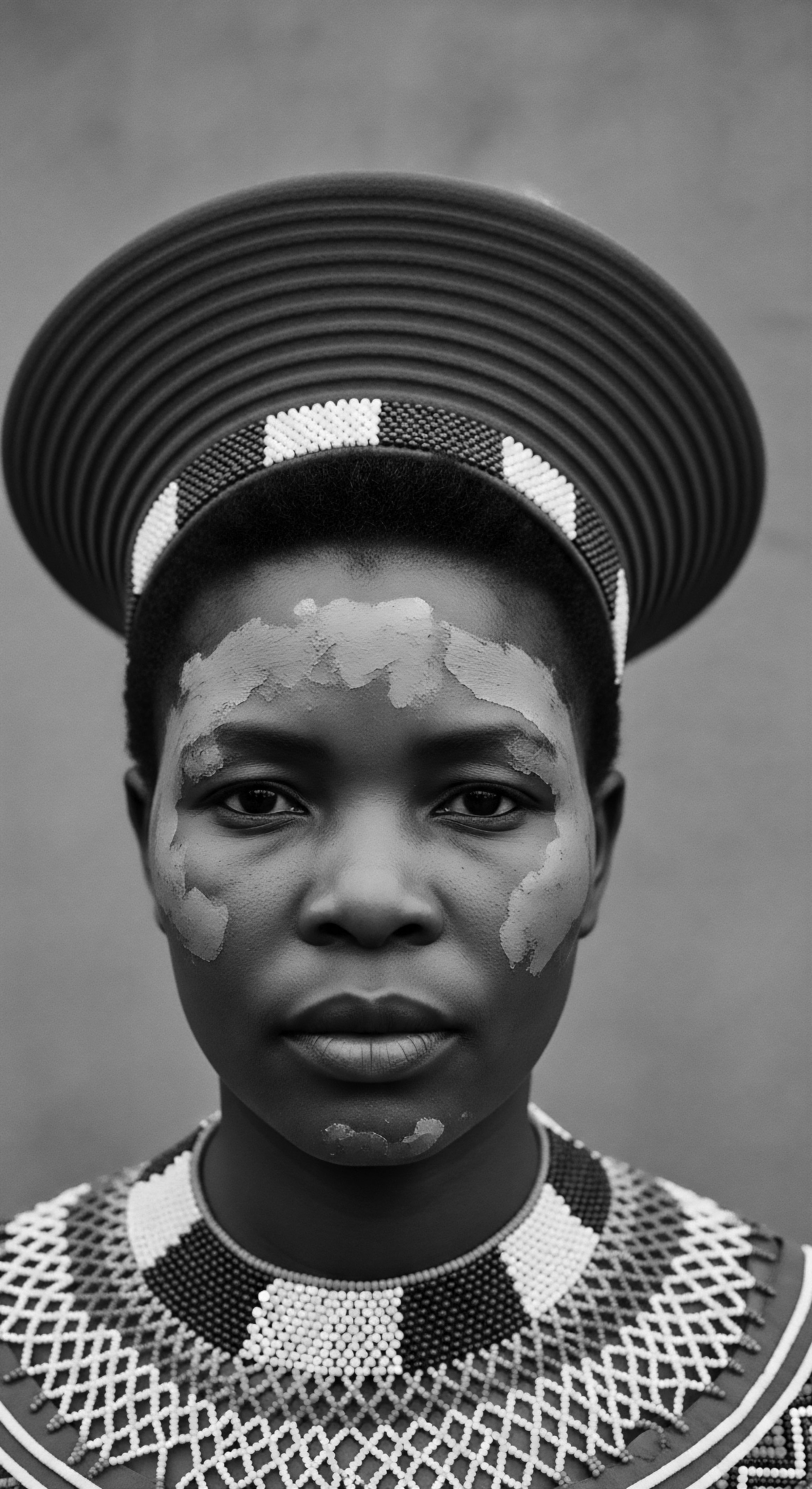
Reflection
As we trace the intricate patterns of textured hair classification through the currents of history, a clear truth emerges ❉ our strands hold more than simply proteins and bonds. They carry the soulful imprint of survival, the quiet strength of resistance, and the vibrant echoes of ancestral wisdom. From the communal rituals of ancient African villages, where hair was revered as a sacred conduit and a living document of identity, to the imposed categorizations born of colonial prejudice and the insidious creep of pseudoscientific racism, the journey of textured hair is a profound meditation on heritage. It is a story told not just in scientific diagrams or historical archives, but in the enduring beauty of every coil and curve, in the resilience of communities who refused to let their crowning glory be defined by another’s gaze.
The continuous rediscovery and celebration of indigenous care practices, the reclaiming of natural textures, and the ongoing dialogue around hair discrimination all speak to a legacy that persists, adapting and thriving. Our collective wisdom, passed down through generations, ensures that the soul of each strand remains unbound, a luminous testament to a heritage that breathes, lives, and grows, ever reminding us of where we come from and who we truly are.

References
- Carrington, D. (2017). The Science of Black Hair ❉ A Comprehensive Guide to Textured Hair Care. New York ❉ Self-Published.
- Dabiri, E. (2020). Twisted ❉ The Tangled History of Black Hair. New York ❉ HarperCollins.
- Evans, S. S. (2008). Black Women in the Ivory Tower, 1850-1954 ❉ An Intellectual History. Gainesville ❉ University Press of Florida.
- Loussouarn, G. et al. (2016). “The Diversity of Human Hair Morphology.” In The Science of Hair Care, edited by A. O. Barel, M. Paye, and H. I. Maibach. CRC Press.
- Malone Gonzalez, R. and Irizarry, Y. (2024). The Irizarry Hair Texture Scale. OSF Preprints.
- Tharps, L. M. & Byrd, A. (2001). Hair Story ❉ Untangling the Roots of Black Hair in America. New York ❉ St. Martin’s Press.
- Walker, A. (1997). Andre Talks Hair. Simon & Schuster.
